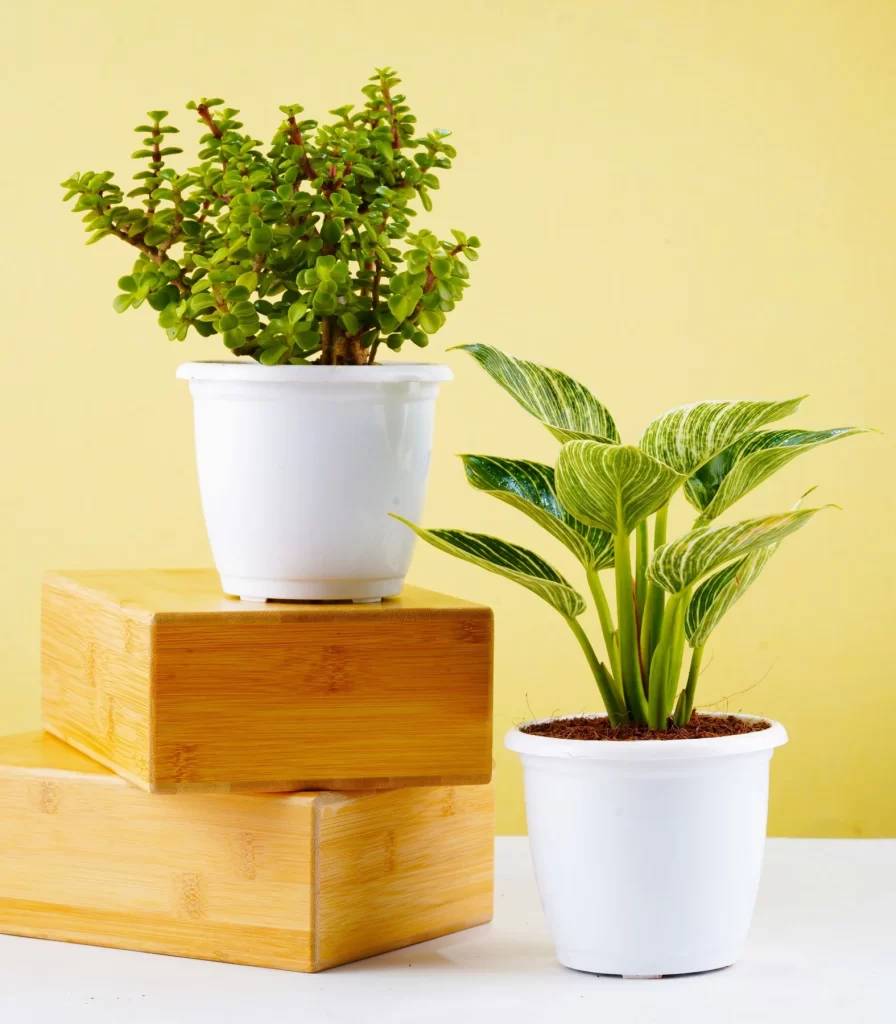Indoor plants should be invited in any home or condo because of the production of a pleasant indoor climate. A small indoor plant adds both variety and a scenic picture to the two tables and windows. The bigger indoor plants seem to merge with the furniture groupings. The curious thing about these plants is the reason some indoor plants prosper and others just shrink and bite the dust over the long run. The significant variable here is that most of the foliage plants purchase for use as indoor plants has as their starting point tropical areas and conditions. Here then is your basic reason why a considerable number of indoor plants require a damp and circuitous lighting climate.

There are five conclusive elements expected of indoor plants; light, temperature and ventilation, stickiness, watering and manure. The first of these elements to be discussed here is light. Buy Indoor plants truly have shifting needs for light. My croton for instance requires to be positioned at a window with direct sunlight yet my Norfolk pine can do just fine with medium to low light intensity. Normal light is usually gotten from a window position to sustain the existence of an indoor plant. Anyway this is always represented by how close the plant is to the window. This normal light decreases dramatically with plant increasingly far from the regular source of light given by the window. There are numerous different things you can do to give the necessary light to survival. You might possibly do hanging baskets, provide some glass shelves permitting light to arrive at all plants in case of more than one shelf, or you could construct a narrows window giving a greenhouse impact to your plants.
A more viable thought is add some expansive spectrum lighting specially designed for plants. These fluorescent lights are by and large better then the ordinary fluorescent lights. It is best to position these lights 12-14 inches over the indoor plants which provides a medium light intensity. Temperature and ventilation are unmistakable factors in the existence of any indoor plant. As a guideline, most of indoor plants play out their best somewhere in the range of 60F and 75F degrees. Plants otherwise will generally turn out to be flimsy and feeble if keep up with at temperatures hotter than the abovementioned. Hot and cold drafts, warm appliances and especially heat registers are the kiss of death to once flourishing indoor plants. They hold their bloom blossoms longer at lower temperature settings and having better resistant to insect infestation and disease. Ventilation is significant and in a considerable number homes sufficient fresh air is accessible. You should know about the presence of fumes that may escape from gas appliances or furnaces.
